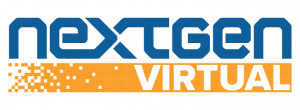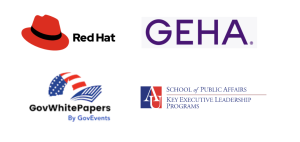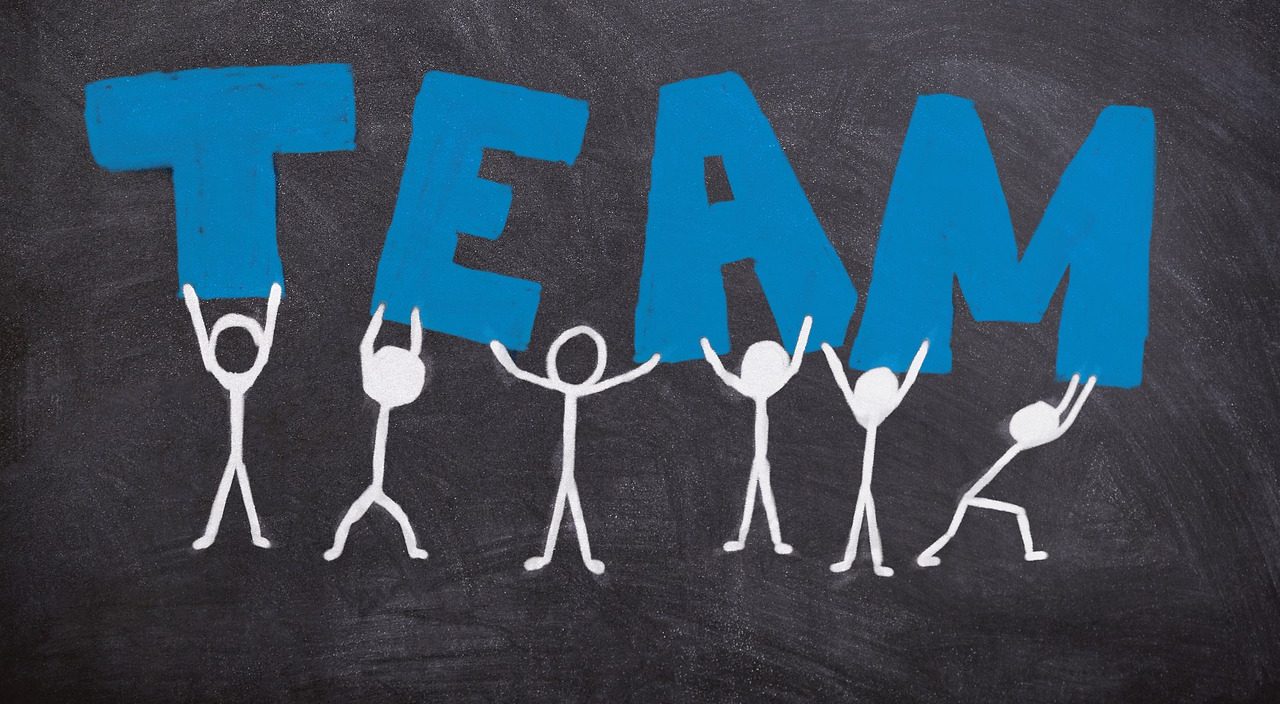Government employees don’t operate in a vacuum. It takes teamwork — and a lot of it — to keep agencies operating, meeting missions and providing for constituents. That’s why it’s crucial to build a culture of trust, but when it takes only seven seconds to make 11 assumptions about someone, that’s not much time to make a solid first impression, said Tiana Sanchez, author of “Undefeatable” and “The Upside of Failure,” during the recent NextGen virtual training summit.
To understand the importance of trust and how to build it, she busted three myths associated with the term. First, although many workers think they have no influence over trust in their organization, they do, Sanchez said. Here’s how:
- The attitude they bring when they show up to work
- The way they reply to an email, including the tone and word choice and even the response time and length
- The way they show up to meetings, such as punctuality, turning the camera on and participating constructively
- The way they talk to their boss and colleagues
The second myth is that trust is earned. Sanchez likened it to getting into a rideshare car. “I trusted…that Uber ride to do two things: to pick me up on time and to deliver me safely to my destination. Trust was not earned. But it was given willingly,” she said.
Third, trust is not blind. “The reality is trust is biased,” Sanchez said. “It has favorites. We can trust the motives of someone who shares something that we have in common with. We call that an affinity bias. We also may trust someone, their competence, because maybe we think they’re attractive…. That’s called beauty bias. So, trust is not blind.”
The Ken Blanchard Companies say trust has four elements — ability, believability, connectedness and dependability — but Sanchez pointed to two others: transactional and relational. Transactional trust means giving and receiving trust perhaps just one time, while relational is cyclical.
To increase trust in the workplace, Sanchez recommends asking yourself:
- What have I done to create a lack of trust?
- Is this relationship built on transactional or relational trust?
- What behaviors reflect a trusting environment and how do I display those behaviors?
“Trust is nonlinear. Trust is not one-dimensional,” Sanchez said. “It is a noun, but it’s also a verb. It’s a result. And it’s also an action.”
The act of trusting builds transparency, added Nate Benjamin, Chief Diversity and Inclusion Officer at AmeriCorps. And that supports an inclusive workplace mindset that focuses on three areas:
- Business. The Office of Personnel Management charged federal agencies to develop and implement diversity, equity, inclusion and accessibility (DEIA) plans. At AmeriCorps, that meant embedding DEIA in human resources and strategic plans and engaging with all stakeholders. “We aligned our outcomes back up to…organizational success and ensured that we had the fiscal budgeting to support the bottom line,” Benjamin said.
- Access. Forward-leaning agencies are intentional about organizational introspection, or assessing current practices to ensure that barriers aren’t in place that disenfranchise communities, he said. Things to look at include training, awards systems, demographics data, recruitment strategies and mentoring programs.
- Culture. Forward-leaning organizations commit to fostering inclusivity. “One of AmeriCorps’ best practices is the establishment of what we coined as ‘community spaces,’ which is an employee-led psychological safe space for the workforce,” Benjamin said. Such organizations also establish diversity advisory and affinity groups, and they use affirming language rather than micro aggressions, he added.
The most important element of DEIA, and ultimately building trust, too, is tying any asks of employees to the greater good. It’s not enough to issue a paycheck for the work. It’s about making workers see their broader impact.
“We must develop an inclusive organizational culture, create sustainability, decrease attrition and turnover, increase retention, maintain knowledge management, and outperform non-inclusive organizations,” Benjamin said. “There’s a connection between the engagement, the inclusion and the overall business outcomes, which are captured through productivity.”
More information about the NextGen sessions and speakers is available here.
Be sure to register for the next NextGen virtual summit on Wednesday, May 15!







Leave a Reply
You must be logged in to post a comment.